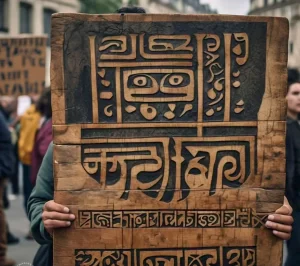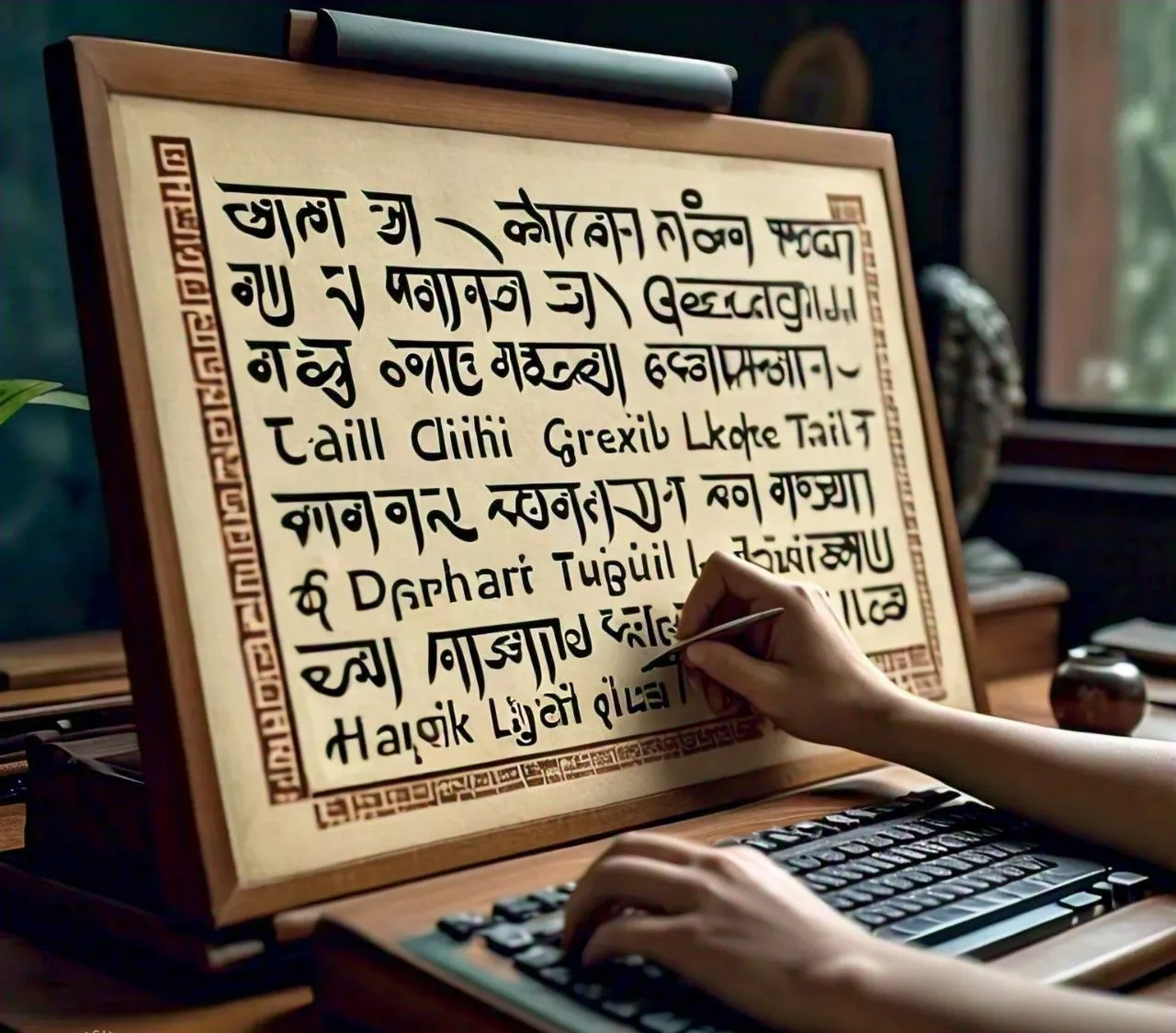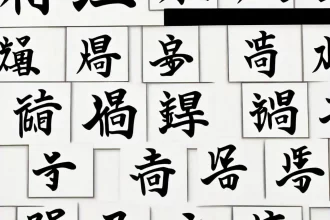Timeless Words: Meet the Oldest Language Still Spoken Today!
Ever wondered which language is the oldest still spoken today? Join us as we explore the ancient tongue that has stood the test of time and continues to be used in modern communication.
Language is a vital part of human history, reflecting our cultures, traditions, and evolution. Among the thousands of languages spoken around the world, some have roots that trace back thousands of years. But which language is the oldest still spoken today? Let’s journey through history and uncover the ancient language that has managed to survive through millennia.

The Contenders: Ancient Languages Still in Use
Several languages have ancient origins, but only a few have survived and are still actively spoken today. Here are some notable contenders:
- Tamil
- Sanskrit
- Greek
- Chinese
- Hebrew
Each of these languages has a rich history, but one stands out as the oldest continuously spoken language.
Tamil: The Oldest Living Language
Tamil is often regarded as the oldest language still spoken today. With a history spanning over 2,000 years, Tamil is not just a means of communication but a cultural treasure trove that has influenced art, literature, and philosophy.
Why Tamil?
- Ancient Literature
Tamil has a vast body of ancient literature, with texts dating back to at least the 3rd century BCE. The “Tholkappiyam,” a Tamil grammar text, is one of the oldest surviving works.
- Continuous Use
Unlike some ancient languages that faded or transformed significantly, Tamil has been in continuous use in various forms, retaining much of its classical structure and vocabulary.
- Cultural Significance
Tamil culture, including its language, plays a crucial role in the identity of millions of people, particularly in Tamil Nadu (India) and parts of Sri Lanka.
Other Ancient Languages Still Spoken
While Tamil holds the title for the oldest continuously spoken language, other ancient languages also have remarkable histories and continue to be used today.
Sanskrit
Sanskrit, the liturgical language of Hinduism, Buddhism, and Jainism, has a history that dates back over 3,500 years. Though not widely spoken in daily life, it remains an important cultural and religious language in India.
- Literary Heritage
Sanskrit literature includes the Vedas, Upanishads, epics like the Mahabharata and Ramayana, and numerous classical texts.
- Revival Efforts
There have been modern efforts to revive spoken Sanskrit, with some communities and institutions promoting its use.
Greek
Greek, with its earliest records dating back to around the 14th century BCE, has evolved significantly over millennia but remains a living language.
- Historical Influence
Ancient Greek literature, philosophy, and science have profoundly influenced Western civilization.
- Modern Greek
While different from its ancient form, Modern Greek preserves many elements of its classical roots.
Chinese
The Chinese language, particularly in its various dialects like Mandarin, has a history that spans thousands of years, with the earliest inscriptions dating back to around 1250 BCE.
- Written Continuity
The Chinese writing system, despite evolving, maintains a link to ancient Chinese characters.
- Cultural Importance
Chinese is spoken by over a billion people today, making it one of the most spoken languages globally.
Hebrew
Hebrew, a Semitic language, has ancient roots with texts dating back to the 10th century BCE. It experienced a revival in the late 19th and early 20th centuries.
- Biblical Significance
Hebrew is the language of the Hebrew Bible (Old Testament), making it central to Jewish religious practices.
- Modern Usage
Hebrew is now the official language of Israel and is used in daily communication.
1- Factors Contributing to Language Survival
Several factors contribute to the survival of these ancient languages:
2- Cultural and Religious Significance
Languages tied to religious texts or cultural identity tend to be preserved longer.
3- Literary Heritage
A rich body of literature and documentation helps maintain and teach the language.
4- Community Support
Strong community efforts and institutional support can revive and sustain a language.
Adaptability
The ability of a language to adapt to modern contexts and incorporate new vocabulary aids its survival.
The Future of Ancient Languages
As globalization and technology shape our world, the future of ancient languages depends on continued efforts to preserve and promote them. Language preservation initiatives, educational programs, and cultural revival movements play a crucial role in keeping these ancient tongues alive.
Wrapping Up: A Timeless Connection
In conclusion, Tamil stands out as the oldest continuously spoken language, reflecting a rich cultural heritage that has endured through centuries. However, other ancient languages like Sanskrit, Greek, Chinese, and Hebrew also contribute to the mosaic of human history, showcasing our diverse linguistic heritage.
Understanding and preserving these languages allows us to connect with our past, appreciate our cultural diversity, and ensure that the wisdom and beauty of these ancient tongues continue to enrich our lives.
By exploring the oldest languages still spoken today, we gain a deeper appreciation for our shared human heritage and the enduring power of language. So, which ancient language would you like to learn more about?
FAQ’s
Q: Is Sanskrit still spoken today?
A: While not commonly used in daily conversation, Sanskrit remains an important cultural and religious language in India, with revival efforts underway.
Q: How old is the Greek language?
A: Greek has a history dating back to around the 14th century BCE and continues to be spoken in its modern form.
Q: What factors help preserve ancient languages?
A: Cultural and religious significance, literary heritage, community support, and adaptability to modern contexts all contribute to the survival of ancient languages.
For more detail about languages >> >> >> Unveiling the Oldest Living Language










